1040
Morning Glory
There are amazing clouds on Earth, beauty and power that you will not be able, if they were not in Australia, in the Gulf of Carpentaria. And they appear in the period from September to November, and certainly in the early morning and therefore have an appropriate name - Morning Glory.
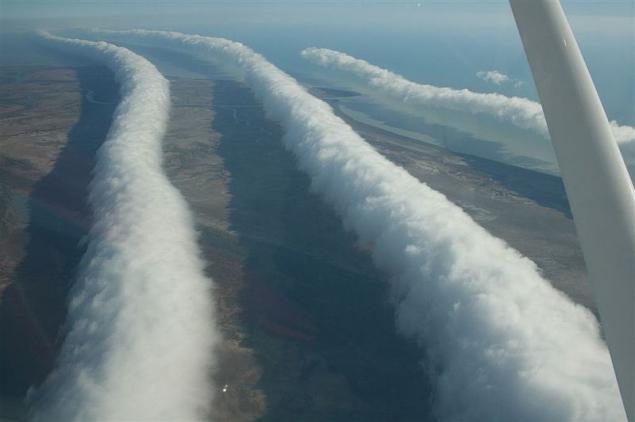
They represent a cloud "pipe" with rotating air, which stretch along the coast at a distance of 1,000 kilometers. Their diameter reaches 1-2 km. They appear usually in groups and move parallel to the vehicle speed. Sometimes they go down pretty close to the Earth, to a height of 200 meters.

Despite the fact that they look quite harmless - a sort of white pipes on a background of blue sky - it is better for them not to approach. After all, the wind in their vicinity literally "going crazy" and there was a sharp pressure surges.
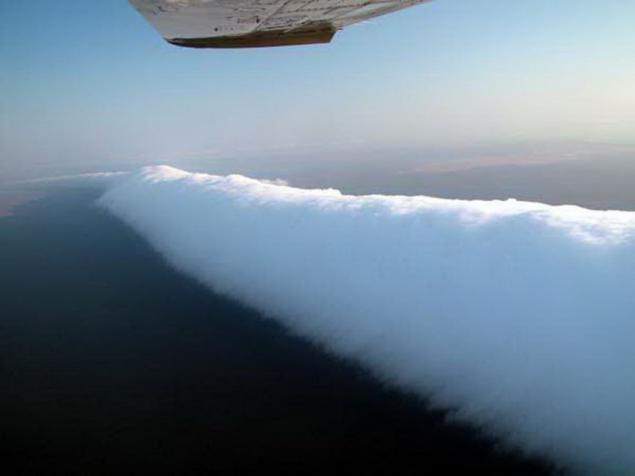
For the first time this phenomenon was observed in 1942, the pilots of the Royal Australian Aviation. And since the beginning of the 70s, scientists are building a variety of hypotheses, offering a variety of mathematical models to explain the complex movement of air masses in the area. But by all accounts, they did not come until now.

Morning Glory (Eng. Morning glory - «morning splendor") - a rare meteorological phenomenon, the kind of clouds observed annually in the spring in the Gulf of Carpentaria in northern Australia, and less elsewhere. Clouds are a storm collar, which can reach 1,000 km in length, 2 km in height and move at a speed of 60 km / h.

Morning Glory is often accompanied by squalls, wind shear and pressure surges on the surface. Ahead of the cloud is a rapid vertical movement that moves air up and "spin" the cloud, and in the middle and back of the clouds the air descends. This creates a dangerous situation for the air flying aircraft.
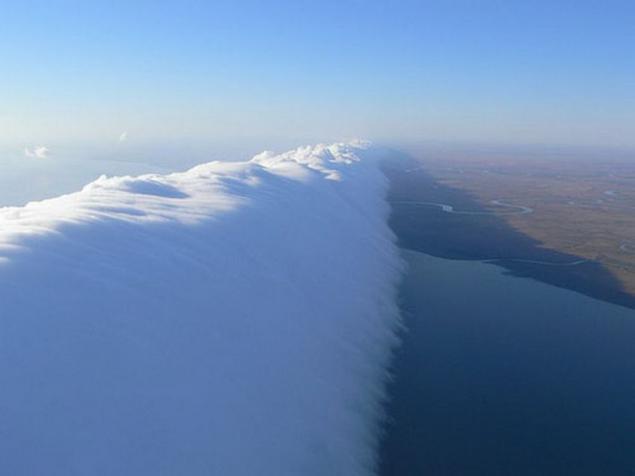

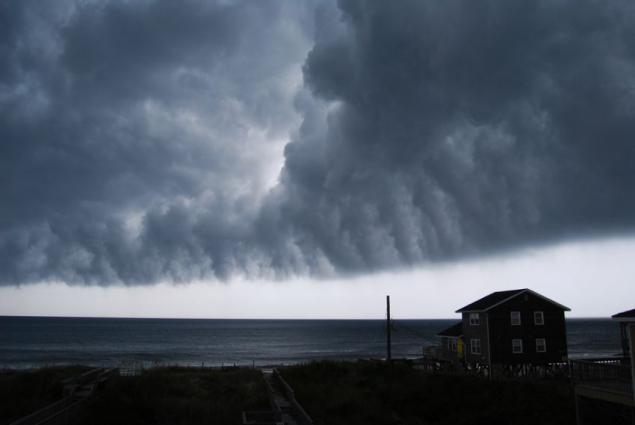
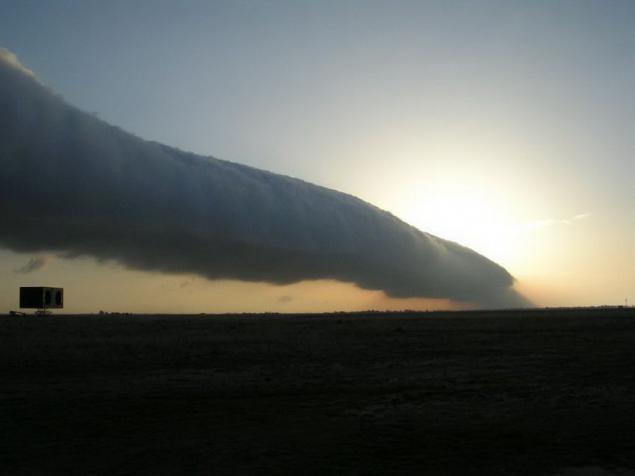
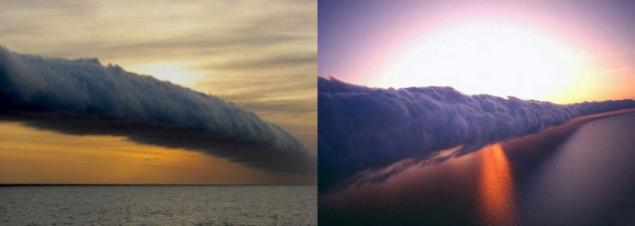
The best place to observe these clouds - a neighborhood town Burktaun in Australia, and the best time - about September and October (Australian spring).
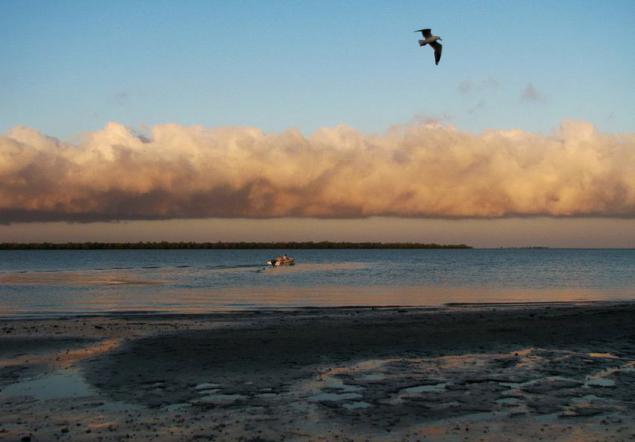
Source: thesacredforest.ucoz.org

They represent a cloud "pipe" with rotating air, which stretch along the coast at a distance of 1,000 kilometers. Their diameter reaches 1-2 km. They appear usually in groups and move parallel to the vehicle speed. Sometimes they go down pretty close to the Earth, to a height of 200 meters.

Despite the fact that they look quite harmless - a sort of white pipes on a background of blue sky - it is better for them not to approach. After all, the wind in their vicinity literally "going crazy" and there was a sharp pressure surges.

For the first time this phenomenon was observed in 1942, the pilots of the Royal Australian Aviation. And since the beginning of the 70s, scientists are building a variety of hypotheses, offering a variety of mathematical models to explain the complex movement of air masses in the area. But by all accounts, they did not come until now.

Morning Glory (Eng. Morning glory - «morning splendor") - a rare meteorological phenomenon, the kind of clouds observed annually in the spring in the Gulf of Carpentaria in northern Australia, and less elsewhere. Clouds are a storm collar, which can reach 1,000 km in length, 2 km in height and move at a speed of 60 km / h.

Morning Glory is often accompanied by squalls, wind shear and pressure surges on the surface. Ahead of the cloud is a rapid vertical movement that moves air up and "spin" the cloud, and in the middle and back of the clouds the air descends. This creates a dangerous situation for the air flying aircraft.





The best place to observe these clouds - a neighborhood town Burktaun in Australia, and the best time - about September and October (Australian spring).

Source: thesacredforest.ucoz.org























